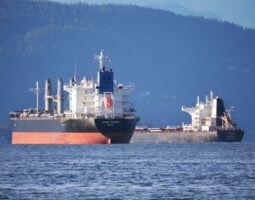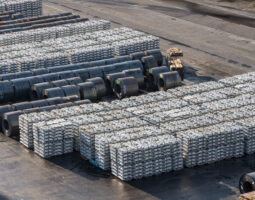International Thursday: Trans-Pacific Freight Rates Decline as Peak Season Looms
Trans-Pacific freight rates are falling despite the industry’s typical peak season – but stabilizing costs do not promise a return to normal.
Publications like The Journal of Commerce are reporting a 24-percent rate decline since early July. The Hong Kong-Los Angeles route and others have dipped below $5,0000 per forty-foot-equivalent container (FEU) for the first time in over a year. Rates are heading in the right direction for shippers – but we are still nowhere near pre-pandemic levels.
Curiously, this price decline has occurred during peak season – a period from late summer to early autumn in which retailers stock up on school supplies and pre-holiday inventories. Increased orders usually mean more freight volume and higher costs. But 2022 is bucking the trend. Numerous market factors have affected the situation.
Retail Inventory Corrections: Early in 2022 retailers placed large orders to ensure stocked inventories amid an unpredictable supply chain environment. As the economy slowed heading into summer, those bulky inventories became stagnant. Retailers have hosted steep sales and cancelled orders from Asia to help correct their overly full inventories.
Easing Port Congestion: The line of vessels waiting to access the ports of Los Angeles and Long Beach has diminished considerably. With that hurdle cleared, the sense of urgency in southern California has eased.
Inland Congestion: U.S. warehouses and rail lines are bogged down in congestion, slowing down the movement of freight just as demand has declined.
There is reason for cautious optimism concerning lower transpacific freight rates. Shippers will find relief in the first meaningful cost declines in 18 months. However, while the market may be stabilizing, the chances of returning to a pre-pandemic status quo are still slim.
Talk to Scarbrough to optimize your ocean freight strategy as rates drop this peak season.

